
You might have noticed that remote-controlled aircraft of every shape, size and price have showed up in our retail stores and online shops in the last year. You can find them in Harvey Norman and similar chains, photo shops and even outlets that normally only cater for car parts! And then there are myriads of online traders that specialise in quadcopters and any type of camera equipped UAV (Unmanned Aerial Vehicle).
Undoubtedly, most of you reading this article are interested in this sort of technology and are perhaps looking also to in getting into this fast evolving field. And why not? A modern quadcopter is probably the most exciting toy and tool you can lay your hands on. Yes, there’s a lot of fun to be had with the inexpensive gear and some of them do even have a small camera on board. However, quadcopters can also be an extremely useful tool and arguably the most popular one in the current marketplace has to be the Phantom 2 Vision from DJI.
In a series of reviews we will put the Phantom 2 Vision through its paces and will show you what to expect and to watch out for. Plus, we will have a recommendation on where best to source the Phantom 2 Vision.
So let’s come fly with us!
Featuring….
Let’s go over some of the most outstanding features of the Phantom 2 Vision (abbreviated to PV) from the perspective of a newbie. In other words, we will keep the terminology as simple as possible.
The moniker Vision indicates that this quadcopter has a camera system built-in. This distinguishes the Phantom 2 from its predecessor which was launched in the beginning of 2013 and met with huge success. One of the reasons for its popularity was the capability of this machine coupled with the ease of flying it.
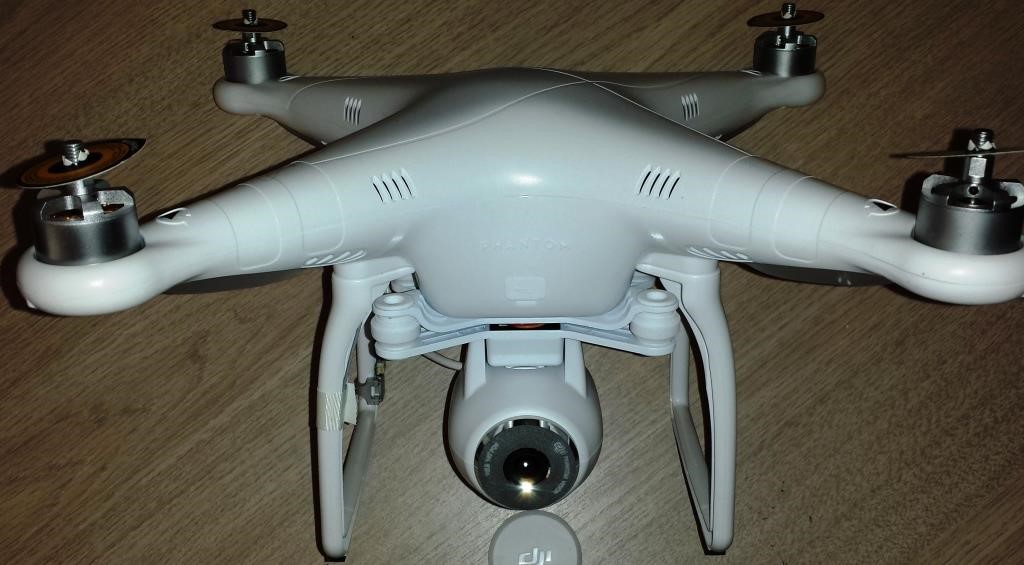
Making it easy, for instance, is the built-in GPS mode which can even return the copter to its place of launch in case the wireless communication gets interrupted. That is a great feature but there are some provisos before you think of relying on it too heavily…
Another big plus is that the Phantom is basically ready to fly (RTF) straight out-of-the-box. While is that is true you can’t go charging off into the wild blue yonder within a few minutes after unwrapping your pressie and we will tell you why.
The Phantom family of quadcopters share a basic design, centred around a sleek body with 4 electrically driven propellers providing the lifting power. Most of them cater to the GoPro family of action cameras, slung underneath. The Vision is different in that it provides its own full HD camera in a much more aerodynamic enclosure. It’s not easy to tell which one is the better camera, although having the ability to exchange cameras or acquire an accessory that keeps the camera level at all times (like the Zenmuse) is preferred for professional use. And that is the reason why DJI just announced the Phantom 2 (without the built-in Vision camera).
Talking about keeping things level: one of the hardest things in flying any aircraft is to keep things straight and level. In my earlier years as a flight instructor I found that over correction is often a problem with students new to flying. The same applies to flying remote controlled aircraft but fortunately, the Phantom family is an extremely stable platform after it has been calibrated, which is a simple process.
I remember that when we reviewed the Draganflyer (note the different spelling, named after someone called Dragan) SAVS quadcopter quite some years ago, it had a different methodology to keep the sunny side up: it differentiated between the dark earth and the lighter sky. The Phantom is much more sophisticated and uses different methods to stay level.
On a side note: the Draganflyer could provide essentially the same functionality as the Phantom but at a much lower quality and a much higher price. The machine at that time cost over $3500. Your investment in a Phantom 2 Vision is around $1300. This indicates it is not a toy but it doesn’t mean that you can’t have heaps of fun flying it around!
What Makes the New Phantom Even Better
Just in case you are familiar with the original Phantom, which you can buy these days around the $500 mark, here are some of the major differences that you will find in the new version.
These are some of the highlights that I would pick as being significant:
- a much better battery life-about 20 to 25 minutes
- the battery is easy to replace: slide in and click. Battery levels are indicated by LEDs
- built-in full HD camera which cannot be removed (some people might still prefer the GoPro line of cameras and the flexibility that comes with being able to add different accessories and for them the new Phantom 2 has just been announced, which is basically everything that you find described here, minus the camera)
- built-in anti-vibration mount. This also minimises the “Jell-O” effect (think of a shaking Jell-O pudding!), common to many action camera videos.
- built-in Wi-Fi with Range Extender
- built-in FPV so that you can see on your android or iPhone exactly what the camera is seeing.
- All camera functions can be controlled via your smart phone
Unboxing
There is something that you need to do even before opening up the box. You need to watch a couple of excellent videos on the DJI website. Or click on the banner below to take you straight to the product and video page.
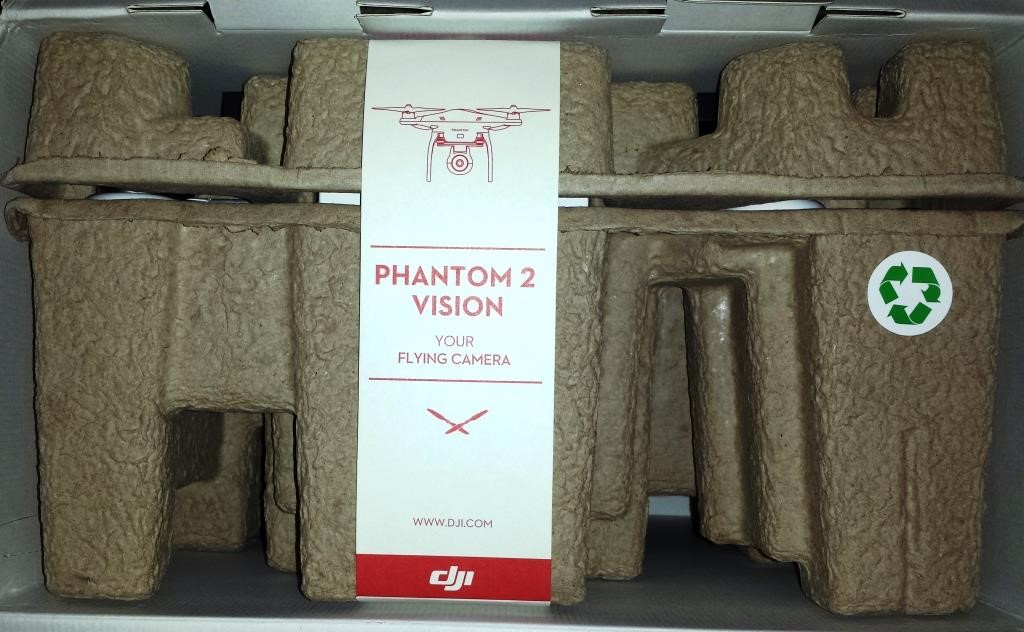
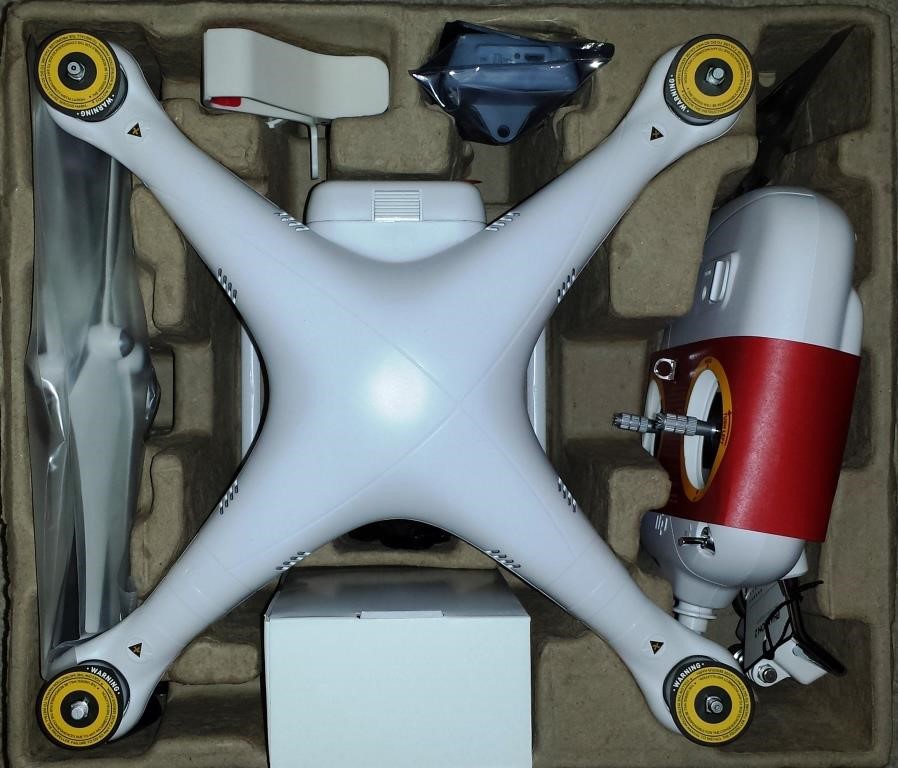
Even though the Phantom is so-called ready to fly straight out-of-the-box, it will still take you at least half an hour to set it up initially. I won’t go through all the steps but it would be handy if you were to mount the propellers first, for instance….
The propellers are self-tightening, which is extremely handy but you have to pay attention that the props come in 2 different pairs: one couple is counter rotating. They are clearly marked as such.
Another piece of advice: take the collective experience from guys who have been there before and read the forums! Here is a good one: PhantomPilots.com
There have been some issues with the Smart Battery which caused some grief to the early adopters. This problem has been resolved now but a lot of people have benefited from reading on these forums about the battery problem before they encountered this themselves.
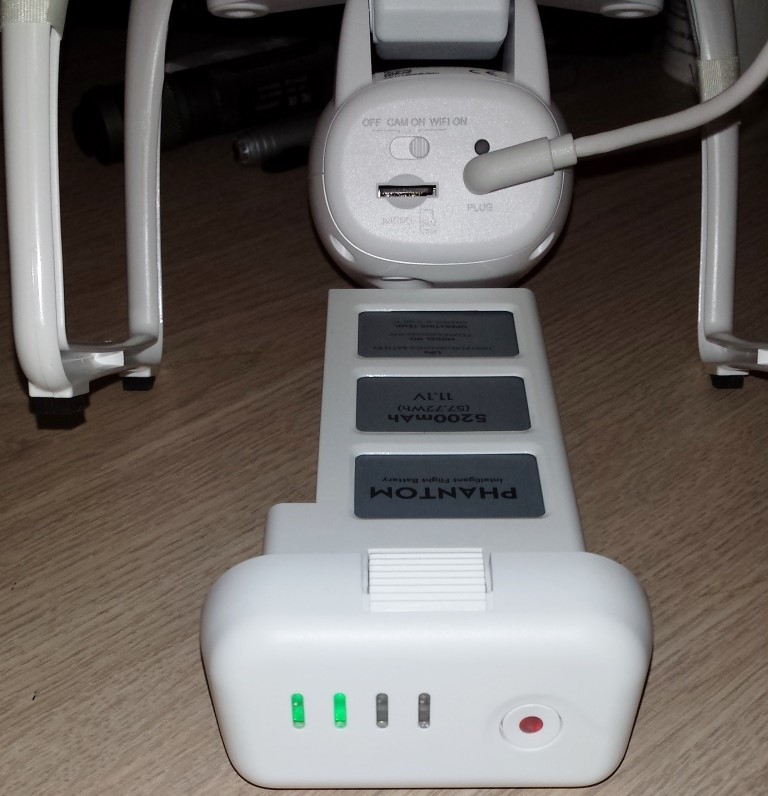
One more thing: if you are familiar with my approach to reviewing equipment you will have noticed that I generally will check out a piece of gear without reading the manual first. That will tell me how easy it is to use the new gadget.
However, the Phantom is not in that same category! Flying any drone can be costly when it crashes and hazardous or lethal in the worst case.
It’s also a complicated machine with a lot of functionality which you won’t be able to use unless you read the manual first. Yes, it is very easy to fly but there is a set of bright LEDs for instance that are communicating with you and you’d better know exactly what the flight status is all the time.
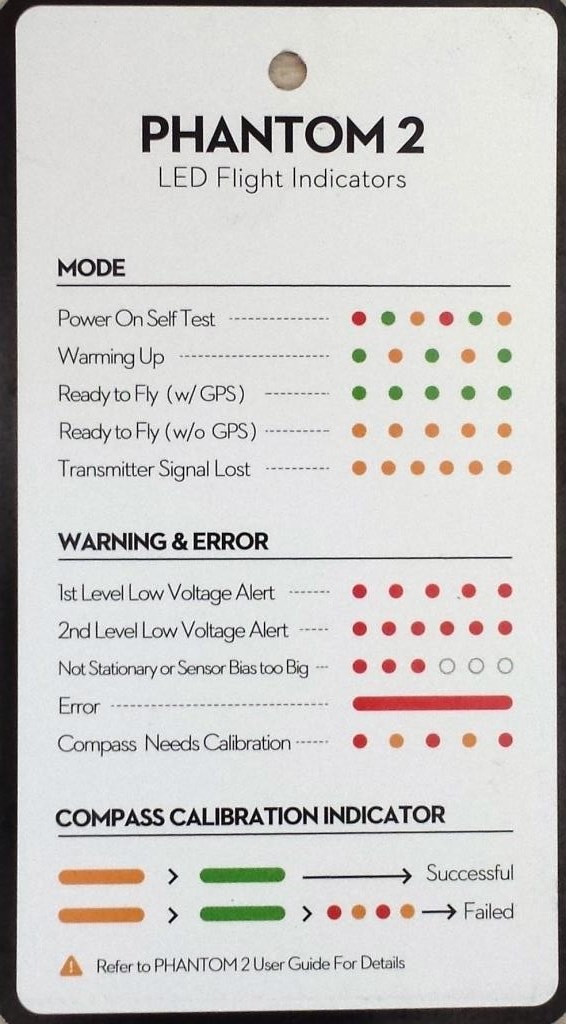
So, the unboxing process mainly comes down to charging up the various batteries, mounting the clamp for your phone as well is the wireless range extender. And stick a few decals on. You need to find yourself 4 AA batteries for the remote control but other than that everything is in the box including some spare parts and an extra set of propellers.
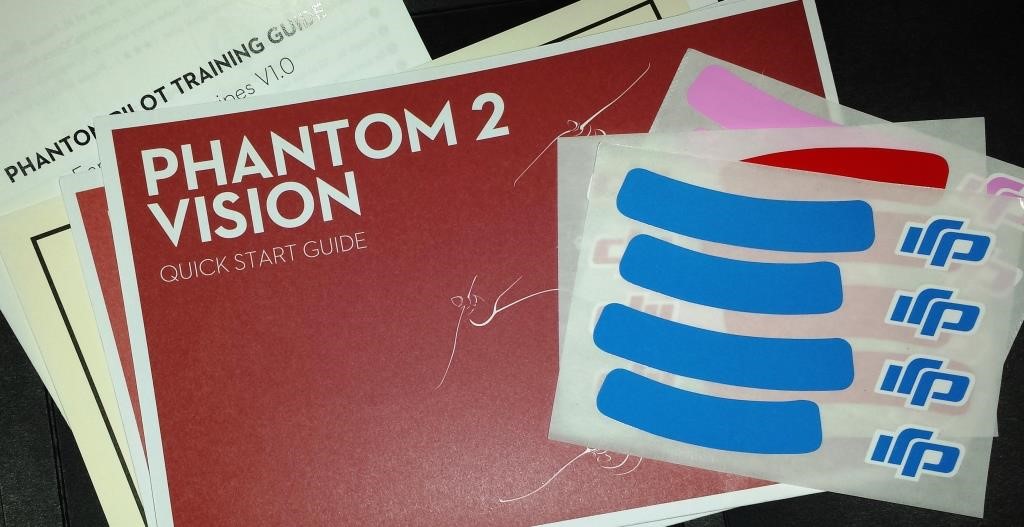
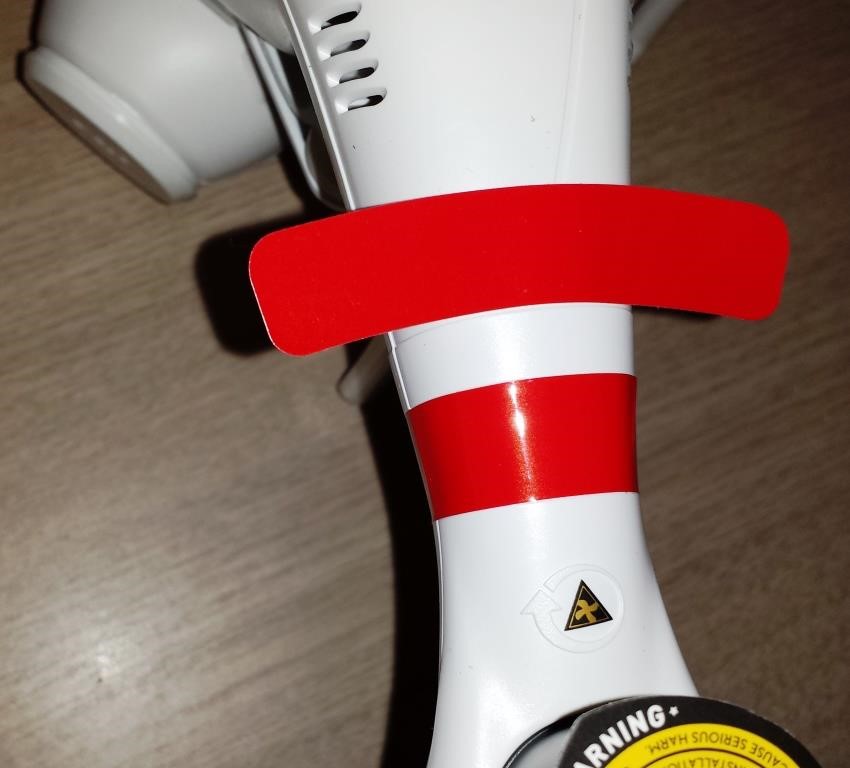
Before Your First Flight
The Phantom is an extremely capable machine. This means it will fly fast and high. And it weighs over a kilo (1160g). In fact, it weighs more than most birds.
This means that the potential to wreak havoc is ever present. You can fly into things and people. And the scariest scenario is that you can bring aircraft down, aircraft with people in them! I have been a professional pilot for most of my life and, apart from keeping track of all the other aircraft in my airspace, all I had to worry about was the potential collision with a wedge-tailed eagle or some other bird. Until now.
True, you are not allowed to go above 400 feet with these drones. But the temptation to see how high it can fly is always present. I often fly at 500 feet and lower of course when I am approaching an airport for landing. From a pilot’s perspective having to share airspace with out of sight UAVs is extremely scary. Remember that out of sight means out of control. If a collision with a bird crashing through a windscreen can incapacitate a pilot then these drones can present the same danger. Just have a look on YouTube and read the forums about runaway drones and crashes.
Motto: take it easy and don’t ruin your investment on Day One!
Make your first series of flights where you can observe the aircraft quite well and see how it manoeuvres under your command. I would not go higher than a few metres and no more than 100 m away. Obviously, you don’t want to run into things either so practice these initial manoeuvrings in a large park or other open space away from people.
In Part 2 will go through the first flight experience and post the first videos.
We should have that segment up within the next few days.
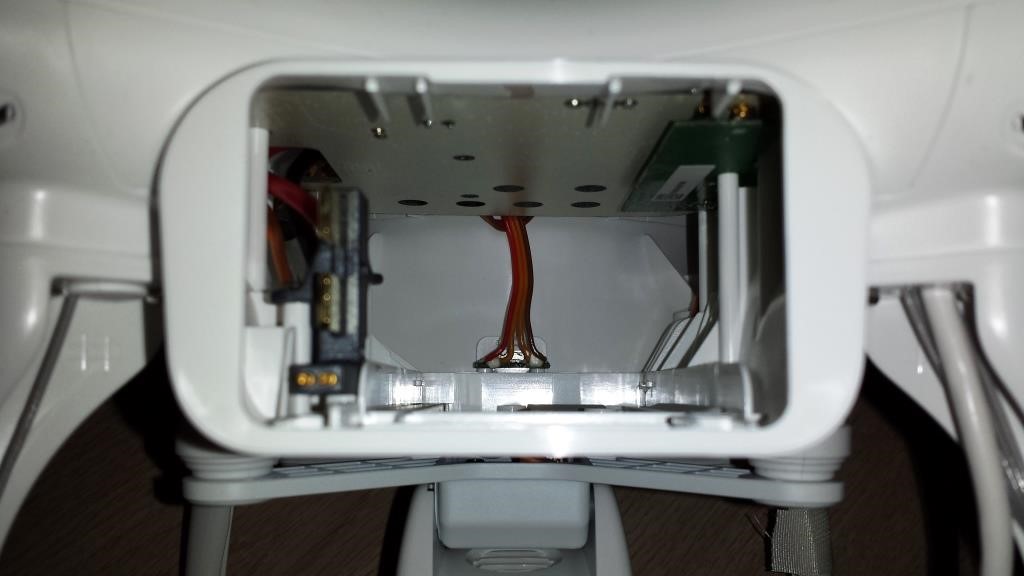
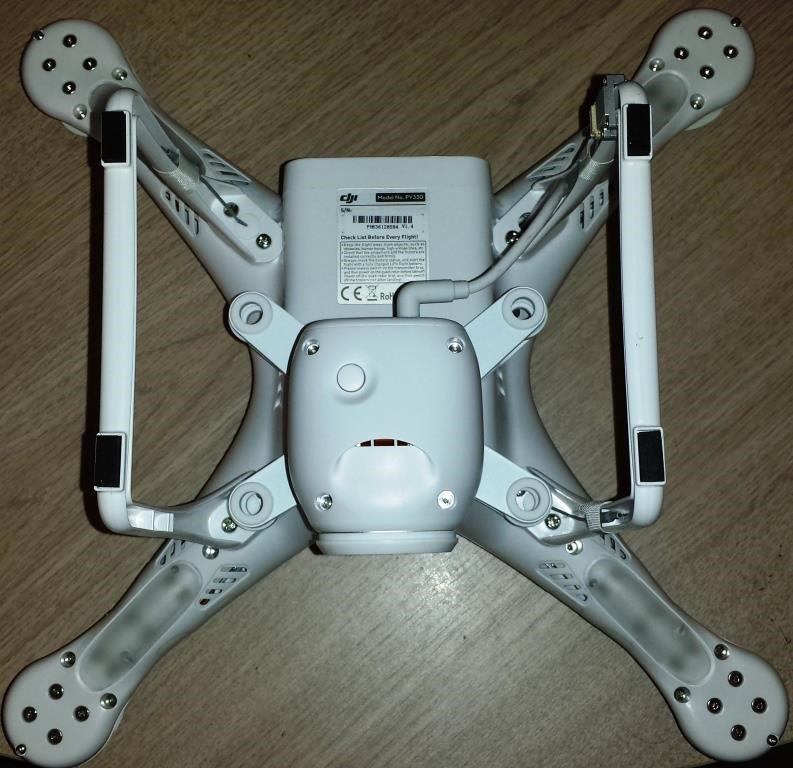
Buying Considerations
Even though we’ve only made half a dozen flights after a lot of preparation at this stage, we already know that the Phantom 2 Vision is an awesome flying machine with huge potential. Will it even qualify for our coveted Editor’s Choice Award? It just might if our further testing does not throw any unwanted surprises our way…
You might want to dash out and get one for yourself before waiting to read Part 2 and 3. That’s not a bad idea because then we can make the journey together….
Yes, getting a Vision is a fairly major investment: around 1300 Aussie buckaroos, and it might be tempting to shave off a few dollars by buying overseas or go for the cheapest offer you can find in Australia. My recommendation normally is find the cheapest place if the item is inexpensive, run-of-the-mill and simple. In this case go for a reputable Aussie dealer who will give support, advice and backup better and faster than an overseas supplier can.
We have checked several authorised dealers and in the short time that I have been dealing with I-Drone, who have been supplying this Phantom Vision, I have been impressed by their approach and communication. They are even starting a flight school, with real hands-on experiences for beginners under the tutelage of an expert! That is indeed the best way to learn. Do your research but make sure to check out these guys too.
You want to deal with people that not only sell you the gear but who are passionate about flying as well.
Make sure you post your comments and questions and check out Part 2 which will have more videos and our first flight experiences.



